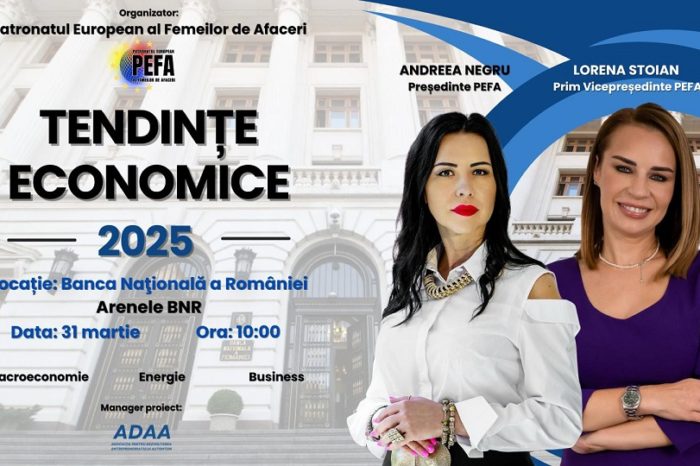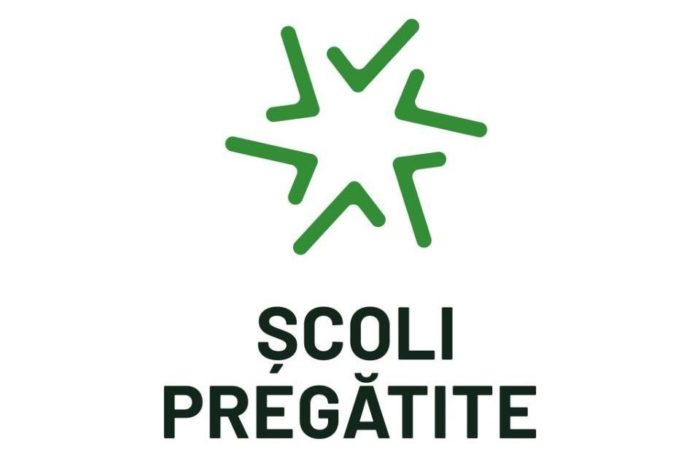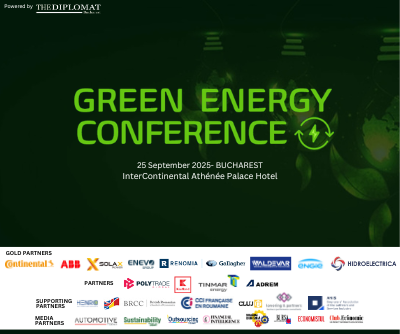The transition to a circular economy will bring economic, social and environmental benefits throughout Europe, Enel study shows

Positive impacts on GDP, employment, investments, labor productivity and several environmental benefits. If there is a project capable of developing a positive and long-term vision for the future of the EU, it is undoubtedly that of Circular Economy. This is the outcome of the study “Circular Europe: How to successfully manage the transition from a linear to a circular world“, carried out by Enel Foundation and The European House – Ambrosetti, together with Enel and Enel X.
“Aiming at the development of a Circular Economy is an extraordinary opportunity to make Europe more competitive, modernizing its economy, revitalizing its industry and creating jobs through sustainable and lasting growth,” commented Francesco Starace (photo), CEO and General Manager of Enel. “In this context, the increasing penetration of renewable sources, together with the increased use of electricity as an energy carrier for end-user consumption, can boost the opportunities arising from Circular Economy and is the most efficient way to decarbonize the economy and the society we live in.”
“The world is facing huge challenges. Profound and swift economic, climate, and technological changes are taking place and are shaping our societies and lifestyles. The time for Europe has come. Circular Economy has what it takes to become a “catalyst for the common good”, around which we can develop a broad vision for the European future,” said Valerio De Molli, Managing Partner & CEO of The European House – Ambrosetti. “The innovative Circular Economy Scoreboard developed by Enel Foundation and The European House – Ambrosetti, together with Enel and Enel X, reveals a very diverse situation at the European level. Italy and Spain have a medium-high level of development: Italy excels in end-of-life, ranks well in the use of sustainable inputs and extension of the useful life of products, while it must strive to increase the intensity of use of products and services. Spain, on the other hand, has a good ranking for the use of sustainable inputs, end-of-life, and increase of the intensity of use, while it has a medium-low positioning in the extension of the useful life of products and services. Romania is instead facing a substantial growth path on all four pillars.”
“The large-scale adoption of Circular Economy requires a coordinated effort, aimed at re-imagining and re-configuring, in a circular perspective, many if not all production schemes and business models. This is also occurring through the redesign and proposal of a new model of the energy system, gradually abandoning fossil fuels in favor of renewables and electricity as a carrier for the complete decarbonization of all sectors,” said Francesco Venturini, CEO of Enel X. “The lack of clarity on what it means to be circular and, consequently, the absence of adequate instruments to measure and monitor Circular Economy were two of the main obstacles to the circular transition. This study enables us to move towards a clear vision and strategy, with measurable goals, tools that Europe and all companies need in order to be at the core not only of the energy transition but also of the transition from a linear to a circular development model”.
The recent European Green Deal and the related Circular Economy Action Plan, adopted in March 2020 by the European Commission, set new and more ambitious goals for Europe concerning the transition to Circular Economy models. However, across EU countries, Circular Economy development is far from uniform. To date, many European countries (including Italy) do not yet have a national strategic roadmap that recognizes Circular Economy as a crucial factor.
Therefore, assessing the state of the art of Circular Economy in Europe is one of the main objectives of this study, conducted by Enel Foundation and The European House – Ambrosetti jointly with Enel and Enel X. The study develops a Circular Economy Scoreboard that uses a multi-level approach to provide a comprehensive view of the degree of circularity in each country. It contains 23 comparable quantitative metrics and 10 main indicators for the 27 EU countries and the United Kingdom, paying particular attention to the study’s three focus countries: Italy, Romania, and Spain.
The study reveals that, to date, the EU shows mixed results in terms of transition to Circular Economy: Italy and Spain show a medium-high level of development, while Romania is at the bottom of the ranking. To measure performance over time, the Circular Economy Scoreboard analyzed a 5-year period. Romania improved significantly over the last five years, Spain made intermediate progress, while Italy moved more slowly along its transition to a circular model.
The analysis of the “degree of circularity” of the 27 EU countries and the United Kingdom was complemented by a survey that asked 300 European business leaders about the need to take action towards circular models within their companies. Of the respondents, 95% consider Circular Economy a strategic choice for their company: it is above all a tool to gain a competitive advantage in terms of diversification, market expansion, and cost reduction. However, most European business leaders believe that their country is not ready to face the Circular Economy challenge; uncertainty about value creation (43.6% of the responses) and lack of skills (35.9%) are the two most frequent replies when asked about the factors hindering Circular Economy development in Europe.
Given the crucial role of Circular Economy in the current political debate at both the European and national levels, the study was supplemented by a quantitative evaluation of the socio-economic and environmental benefits of Circular Economy. An innovative and unique econometric model was developed, focusing on the EU and the United Kingdom as a whole and on the study’s three focus countries: Italy, Romania, and Spain.
The study shows how, in 2018, Circular Economy is related to 300-380 billion euros of GDP in Europe, 27–29 billion euros in Italy, 10–12 billion euros in Romania, and 33–35 billion euros in Spain. At the same time, Circular Economy is linked to about 200,000 jobs in Italy, 20,000 in Romania, 350,000 in Spain, and up to 2.5 million in Europe also in 2018. The study also evaluates an investment effect of 8–9 billion euros in Italy, 1–2 billion euros in Romania, 9–11 billion euros in Spain, and an overall impact of 90–110 billion euros in the EU as a whole, in 2018. It also estimates significant benefits in terms of labor productivity: about 560–590 euros per employee per year in Italy, 1,210–1,270 euros per employee in Romania (the country with the greatest impact), 640–670 euros per employee in Spain, and 570–940 euros per employee overall at the European level.
Through specific case studies and “what if” analyses, the study points out that, in addition to being advantageous in economic terms, Circular Economy also brings important environmental returns. Among the various positive effects, it shows that the transition from primary to secondary materials enables a significant reduction in greenhouse gas (GHG) emissions: considering four materials (iron, aluminum, zinc, and lead), the average reduction of GHG emissions per kg of material produced is 73.5%.In addition, an increase in the penetration of renewable sources in energy production by one percentage point reduces GHG emissions by up to 72.6 million tonnes of CO2 equivalent in Europe and 6.3 in Italy (about 50% of the annual GHG emissions in the Municipality of Rome).
Although the assessment model proposed by the study shows that the transition to Circular Economy offers several economic, social, and environmental benefits, the transition from the linear to the circular development model must take into account certain critical issues. In this perspective, the Report suggests 10 areas of intervention, with specific policy actions, in order to address the challenges related to the circular transition and to reap its benefits effectively: define national strategies for a circular economic development for EU Member States; redefine the governance of Circular Economy to support a comprehensive transition across all sectors; leverage on legislation to promote the circular transition; create competitive conditions with respect to non-circular solutions; use finance as a lever to promote Research and Development and good Circular Economy practices; address the lack of a clear definition and consistent and comprehensive metrics; transform waste-generating business models into circular models; promote cross-cutting and coordinating measures for all sectors affected by the transition to a Circular Economy; leverage on Circular Economy to reshape cities and urban spaces; promote culture and awareness about the benefits of Circular Economy.














